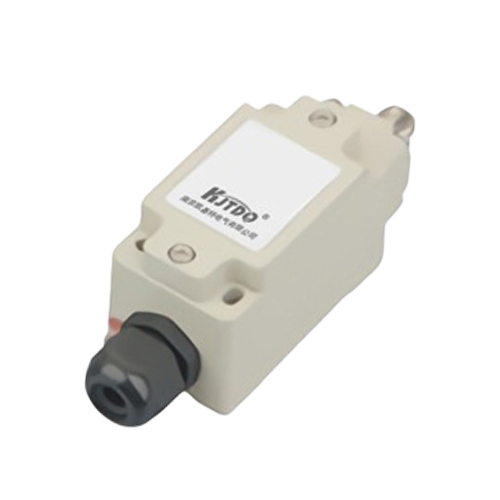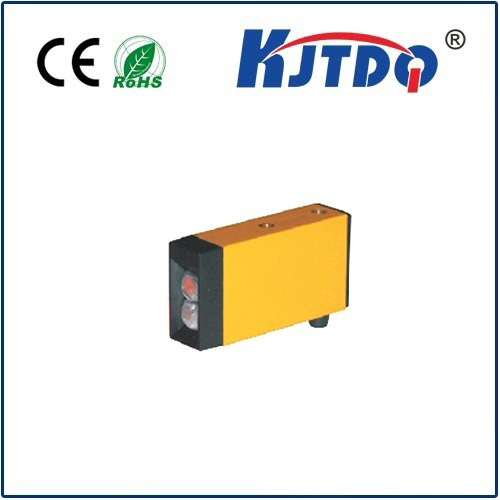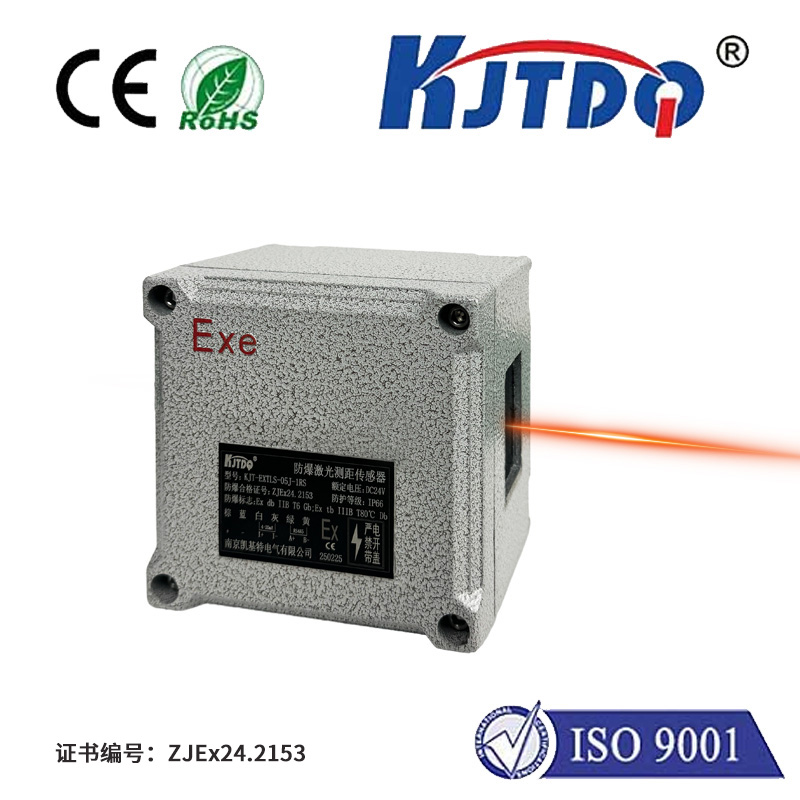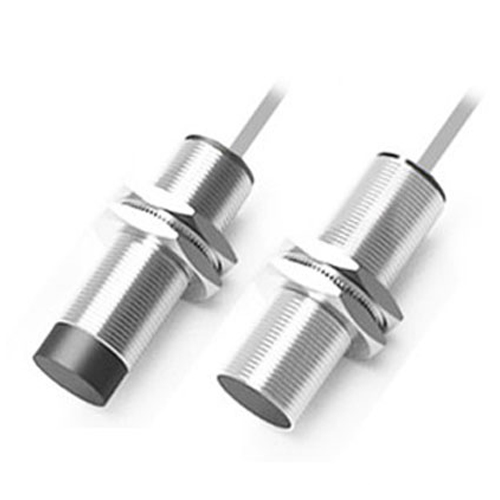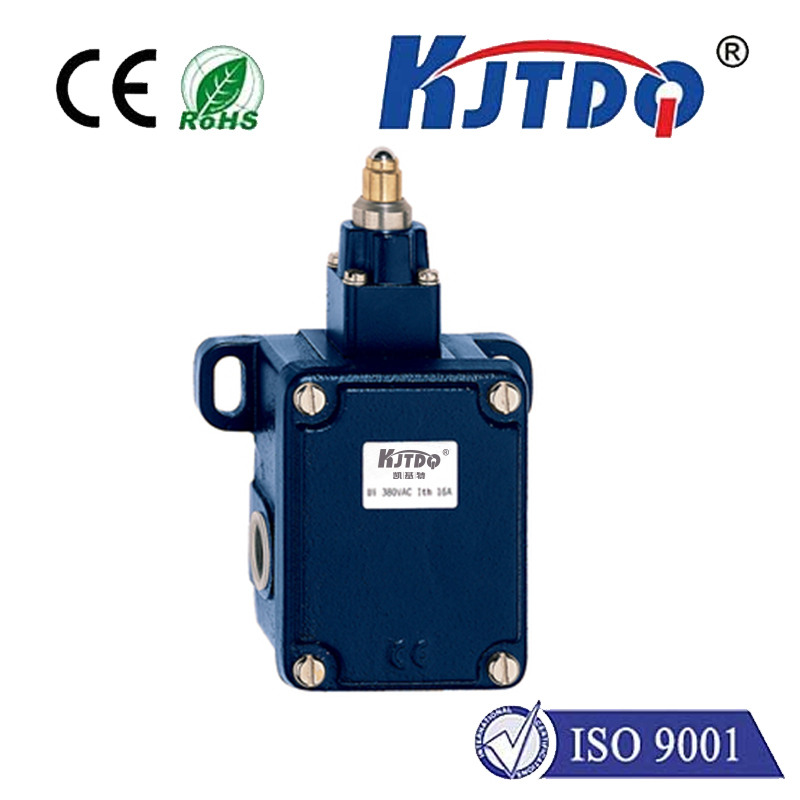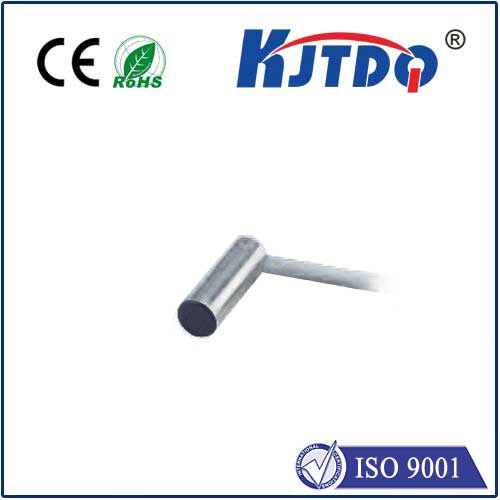

check

check

check

check

check

check

check

check

check

check
Imagine a vast oil pipeline snaking miles below the ocean surface. Within a critical patient’s IV drip system in a bustling hospital. At the heart of complex water treatment plant operations. In these diverse and demanding environments, tiny, unassuming heroes often work silently: LP sensors. Mastering the precise measurement of liquid pressure, these devices are indispensable cogs in the machinery of countless modern industries, driving efficiency, safety, reliability, and sustainability.
But what exactly is an LP sensor, and why is its role so critical? At its core, an LP sensor – commonly understood to stand for Liquid Pressure sensor – is a sophisticated device engineered to detect and quantify the force exerted by a liquid against a surface. It transforms this physical phenomenon into a standardized, interpretable electrical signal – typically voltage, current, or frequency – that control systems, data loggers, or human operators can utilize to make informed decisions.
The Ingenious Operation: Translating Force into Data

The magic lies in the transduction principle. Most modern LP sensors leverage the piezoresistive effect. Inside the sensor, a precisely engineered silicon diaphragm or membrane is exposed to the target liquid pressure via a port. As pressure increases, this diaphragm experiences minute deflections or strain. Embedded directly onto this diaphragm are microscopic strain gauges, whose electrical resistance changes predictably when stretched or compressed. Sophisticated internal circuitry (often a Wheatstone bridge configuration) detects these tiny resistance fluctuations and converts them into a calibrated, proportional electrical output signal. Other technologies like capacitive or optical sensing are employed for specific high-performance or challenging environments, but piezoresistive remains the cornerstone for its robustness and cost-effectiveness in standard liquid pressure measurement.
Ubiquitous Impact: Where LP Sensors Make a Difference
The applications for liquid pressure sensors are breathtakingly vast, underpinning critical processes across sectors:
Beyond Just Measurement: The Tangible Advantages
Choosing the right liquid pressure sensor delivers concrete benefits that resonate across operations:
The next time you flick a switch, trust a medical device, or simply pour a glass of clean water, consider the invisible network of LP sensors quietly working behind the scenes. These technological marvels, translating the silent force of liquids into actionable intelligence, are fundamental building blocks of our technologically driven world. Their continual evolution towards greater miniaturization, enhanced durability in extreme environments, improved accuracy, and integration with Industrial IoT (IIoT) platforms promises even deeper insights and efficiencies across every sector that relies on the controlled flow and containment of liquids. Selecting and deploying the right liquid pressure sensor isn’t just about measurement; it’s a strategic investment in operational excellence, safety, and the future performance of critical systems.

